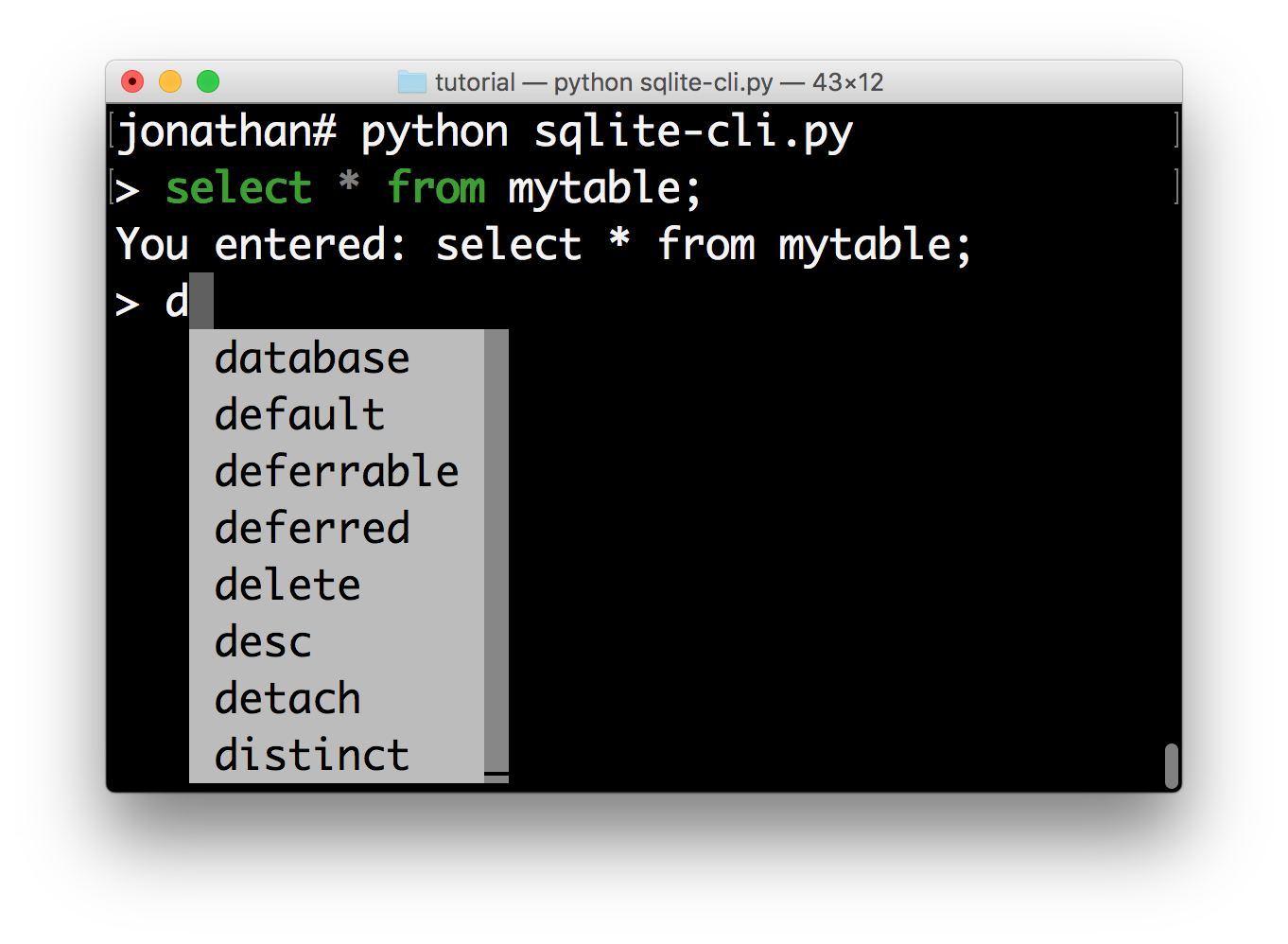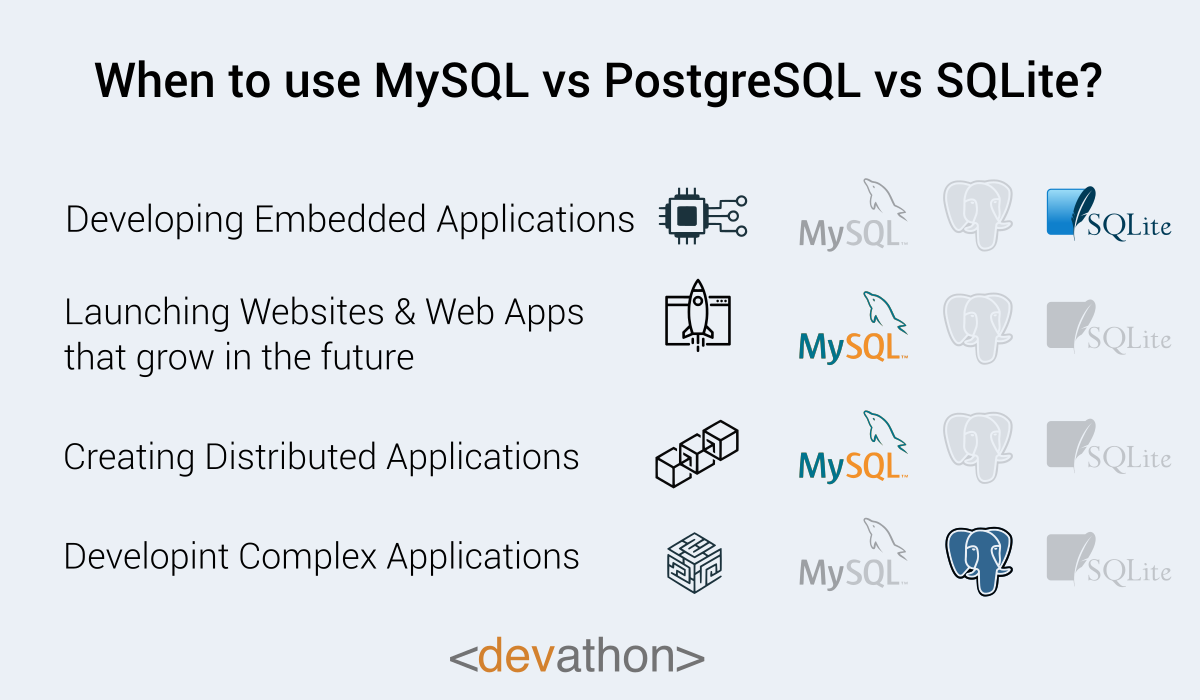


Here’s an example that uses the same database table from a previous example: SELECT * FROM Pets The NULL predicate can be used in the following ways: R IS NULL So when using RDBMSs such as PostgreSQL and SQLite (that don’t provide an ISNULL() function), and when using SQL Server (where ISNULL() works differently), the NULL predicate is still an option. Generally, all relational databases will support a special value called NULL and it is used to represent missing information. The NULL predicate (aka IS NULL predicate) is part of the SQL standard, and most (if not all) major RDBMSs support it. Sure, we could use it to return 1: SELECT ISNULL( null, 1 ) īut this will only return 0 if the first argument is 0: SELECT ISNULL( 0, 1 ) Here’s an example of how ISNULL() works in SQL Server: SELECT ISNULL( null, 'Cheese' ) Otherwise it returns the first expression. If the first one is null, then it returns the second expression. In SQL Server, ISNULL() does the same thing that IFNULL() works in other RDBMSs. SQL Server’s implementation of ISNULL() works differently. We can also explicitly specify that ISNULL(DOB) equals 1: SELECT * FROM Pets In this case, we returned all rows from the Pets table where the DOB column is null. | PetId | PetTypeId | OwnerId | PetName | DOB | Suppose we want to see if an employee has a passport or not, here the IsNull function can help us. If the first parameter is null, then it returns the second parameter. Here’s an example that uses a database: SELECT * FROM Pets SQL Server ISNULL () Function Example Syntax: IsNull (Parameter1, Value if null) IsNull function returns the first parameter if it’s not null. It is not clear from the standards documents exactly how NULLs should be handled in all circumstances.
#SQLITE ISNULL HOW TO#
But the descriptions in the SQL standards on how to handle NULLs seem ambiguous. The second call to the function returned 0, because we passed a non-null value. NULL Handling in SQLite Versus Other Database Engines The goal is to make SQLite handle NULLs in a standards-compliant way. We can see that the first call to ISNULL() returned 1, because we passed a null value.

| ISNULL( null ) | ISNULL( 'Tropical' ) | Here’s an example of how ISNULL() works in those RDBMSs: SELECT MySQL, MariaDB, & OracleĪs mentioned, MySQL, MariaDB, and Oracle Database each have an ISNULL() function that returns 1 if its argument is null, and 0 if it’s not. Other RDBMSs, such as PostgreSQL and SQLite don’t include an ISNULL() function, but they do support the IS NULL predicate (as do the other RDBMSs). You need to use the IFNULL, it gives the same result, so you need to change your query like this: Where I. It works more like how the IFNULL() function works in some other RDBMSs. Yes, there is no function in SQLite with name ISNULL. SQL Server also has an ISNULL() function, but it works differently. MySQL, MariaDB, and Oracle Database each have an ISNULL() function that returns 1 if its argument is null, and 0 if it’s not. Some RDBMSs provide an ISNULL() function that can be used when dealing with potentially null values.


 0 kommentar(er)
0 kommentar(er)
